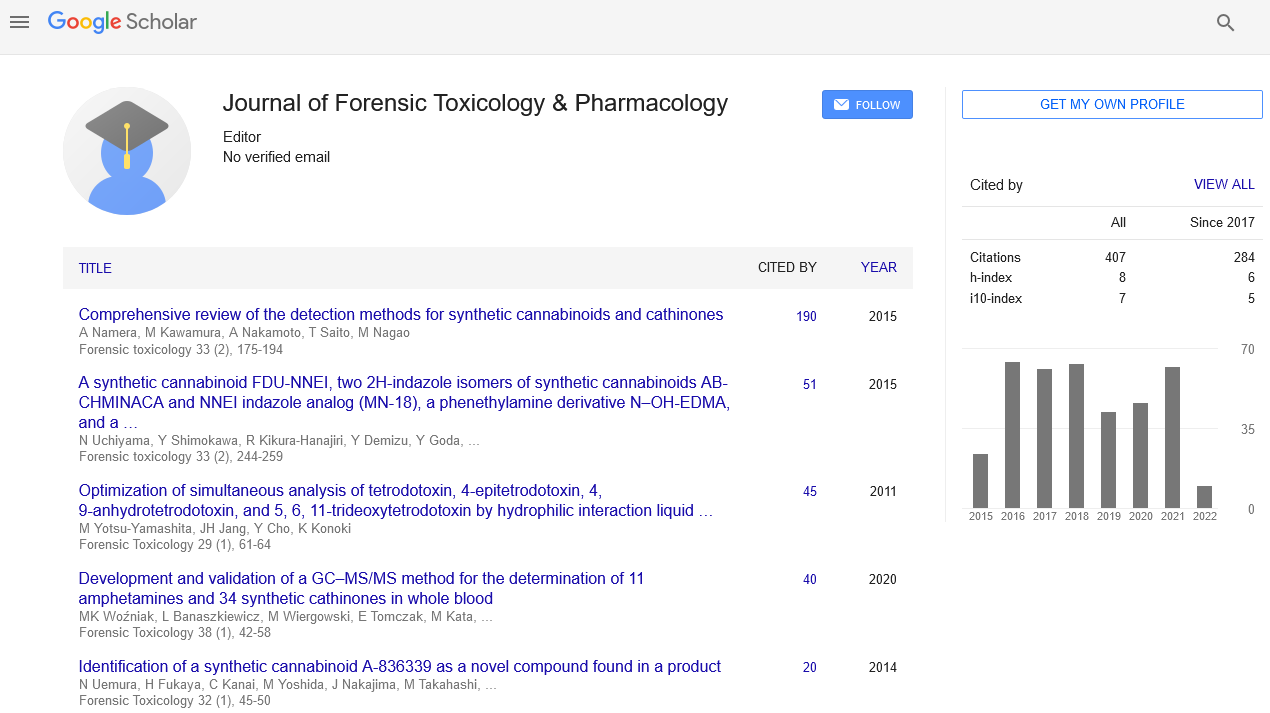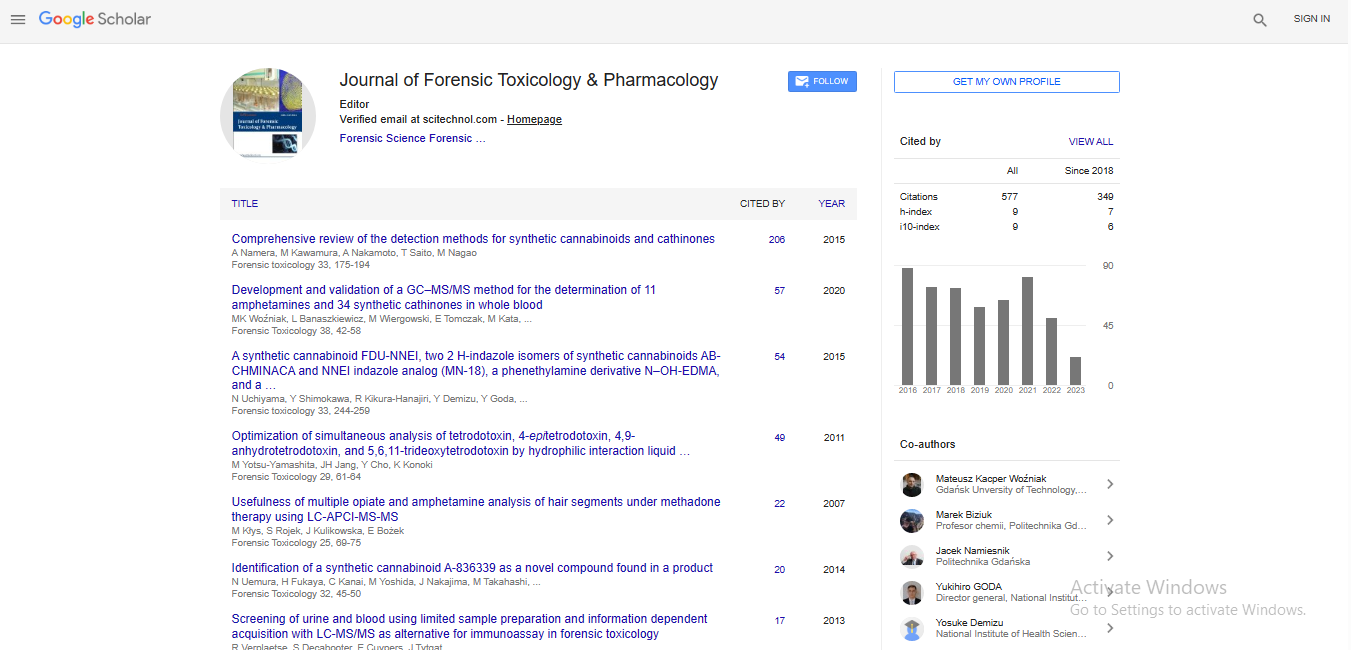The MBL2 gene polymorphisms and serum mannose-binding lectin (MBL) concentration/activity in patients suffering from haematological malignancies, treated with autologous haematopoietic stem cells transplantations
Maciej Cedzynski, Anna S Swierzko, Mateusz Michalski, Anna Sokolowska, Mateusz Nowicki, Lukasz Eppa, Agnieszka Szala-Pozdziej, Iwona
Mitrus, Anna Szmigielska-Kaplon, Malgorzata Sobczyk-Kruszelnicka, Katarzyna Michalak, Aleksandra Golos, Agnieszka Wierzbowska, Sebastian
Giebel, Krzysztof
Polish Academy of Sciences, Poland
Copernicus Memorial Hospital in Lodz Comprehensive Cancer Center and Traumatology, Poland
Cancer Center and Institute of Oncology, Poland
Medical University of Lodz, Poland
Institute of Hemato
: J Forensic Toxicol Pharmacol
Abstract
A prospective study of patients suffering from multiple myeloma (n=194) and lymphomas (n=118), who received high-dose conditioning chemotherapy and autologous haematopoietic stem cell transplantation (auto-HSCT) was conducted. Polymorphisms of MBL2 gene were investigated and serial measurements of serum concentration of mannose-binding lectin (MBL) were made. Serum samples were taken before conditioning chemotherapy, before HSCT and once weekly after (totally 4-5 samples); in minority of subjects also one and/or three months post transplantation. The results were compared with data from healthy controls (n=267) and analysed in relation to clinical data to explore possible associations with cancer and with chemotherapy-induced medical complications. We found a higher frequency of MBL deficiency-associated genotypes (LXA/O or O/O) among multiple myeloma patients compared with controls. It was however not associated with hospital infections or post- HSCT recovery of leukocytes, but seemed to be associated with the most severe infections during follow-up. The first possible association of MBL2 gene 3’-untranslated region polymorphism with cancer (lymphoma) in Caucasians was noted. Conditioning chemotherapy induced significant increase in serum MBL concentration (as well as MBLdependent complement activity), prolonged for several weeks. Our data suggest that, in the context of chemotherapy of myeloma and lymphoma, MBL has little influence on infection during the short period of chemotherapy-induced neutropenia, but could have a protective effect when able to act in combination with phagocytic cells after their recovery.
Biography
Scientific interest of Maciej Cedzynski is focused on pattern-recognition molecules (collectins, ficolins) and associated serine proteases specific for the lectin pathway (LP) of complement activation. He is working on clinical associations of those factors in infectious, neoplastic and autoimmune diseases. Another branch of his research is interaction of LP-associated molecules with bacterial cells and their components (as LPS of Gram-negative bacteria), its molecular basis and biological consequences
E-mail: mcedzynski@cbm.pan.pl
 Spanish
Spanish  Chinese
Chinese  Russian
Russian  German
German  French
French  Japanese
Japanese  Portuguese
Portuguese  Hindi
Hindi 
